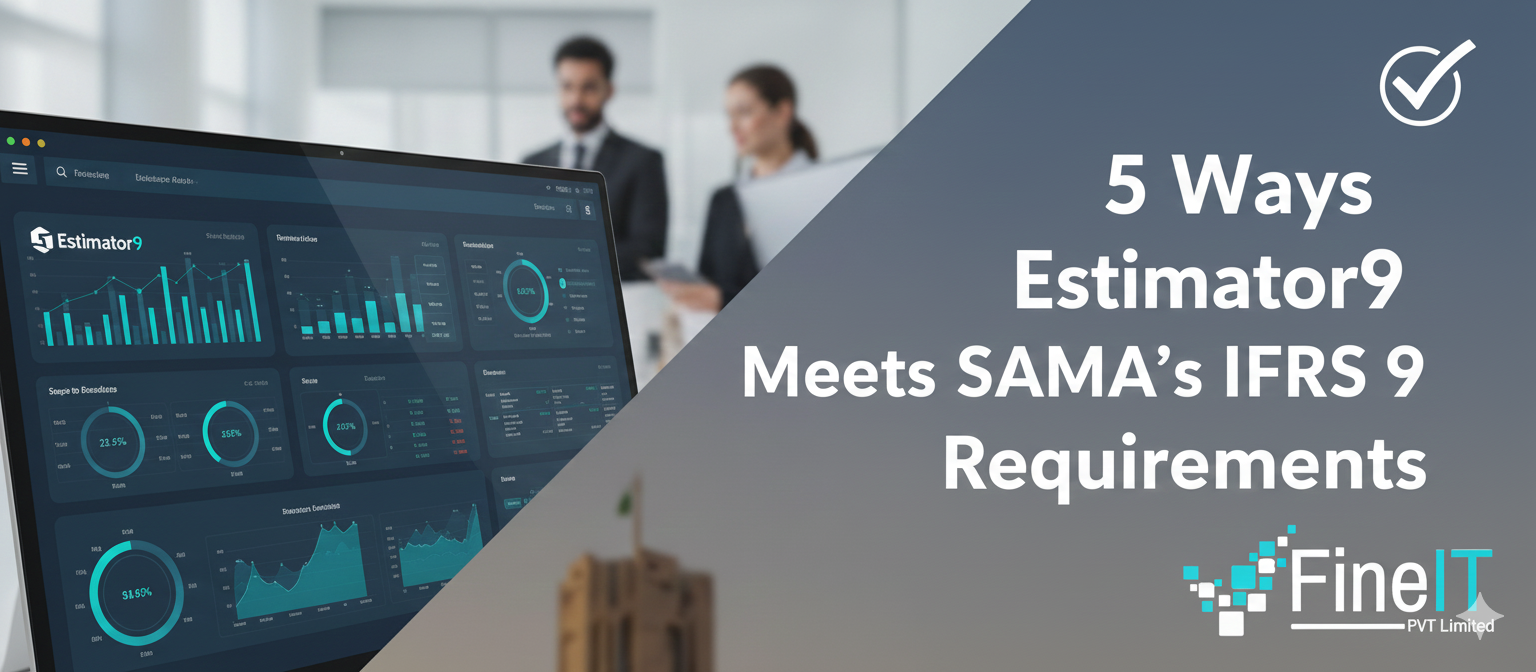Navigating IFRS 9: Model Validation Requirements for Saudi Banks
In the evolving landscape of Saudi Arabia’s financial sector, the transition to IFRS 9 Financial Instruments has shifted the paradigm from “incurred loss” to a forward-looking Expected Credit Loss (ECL) framework. For Saudi banks, this isn’t just an accounting change; it’s a rigorous regulatory mandate overseen by the Saudi Central Bank (SAMA). Ensuring these complex […]









